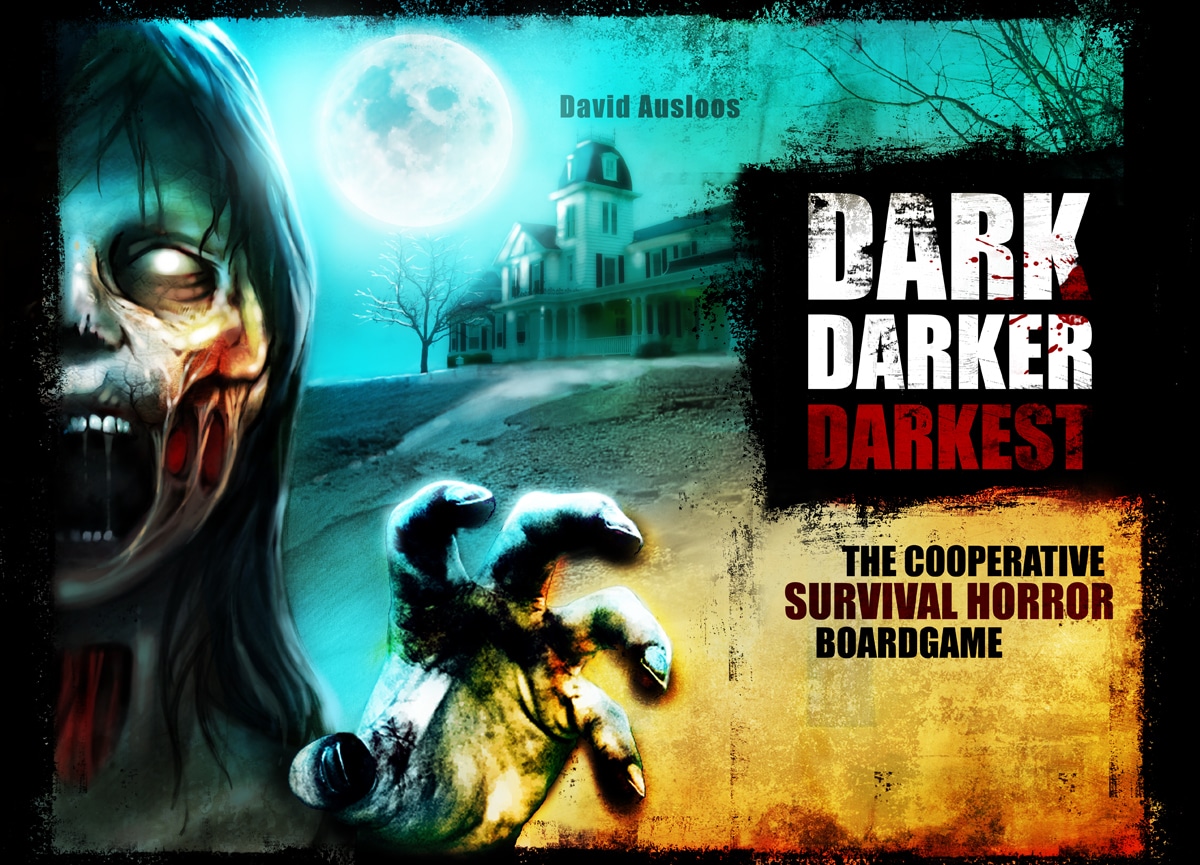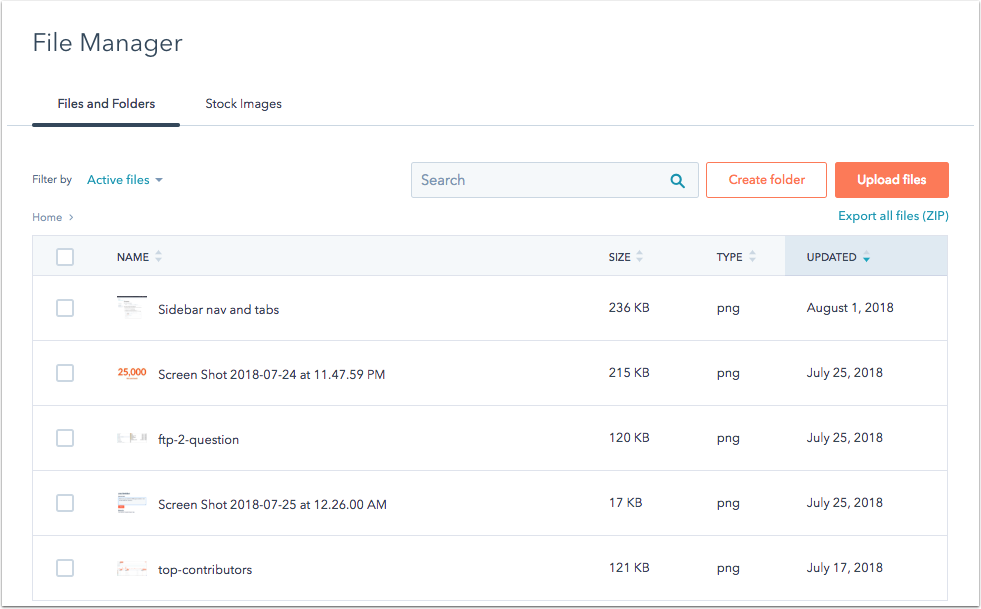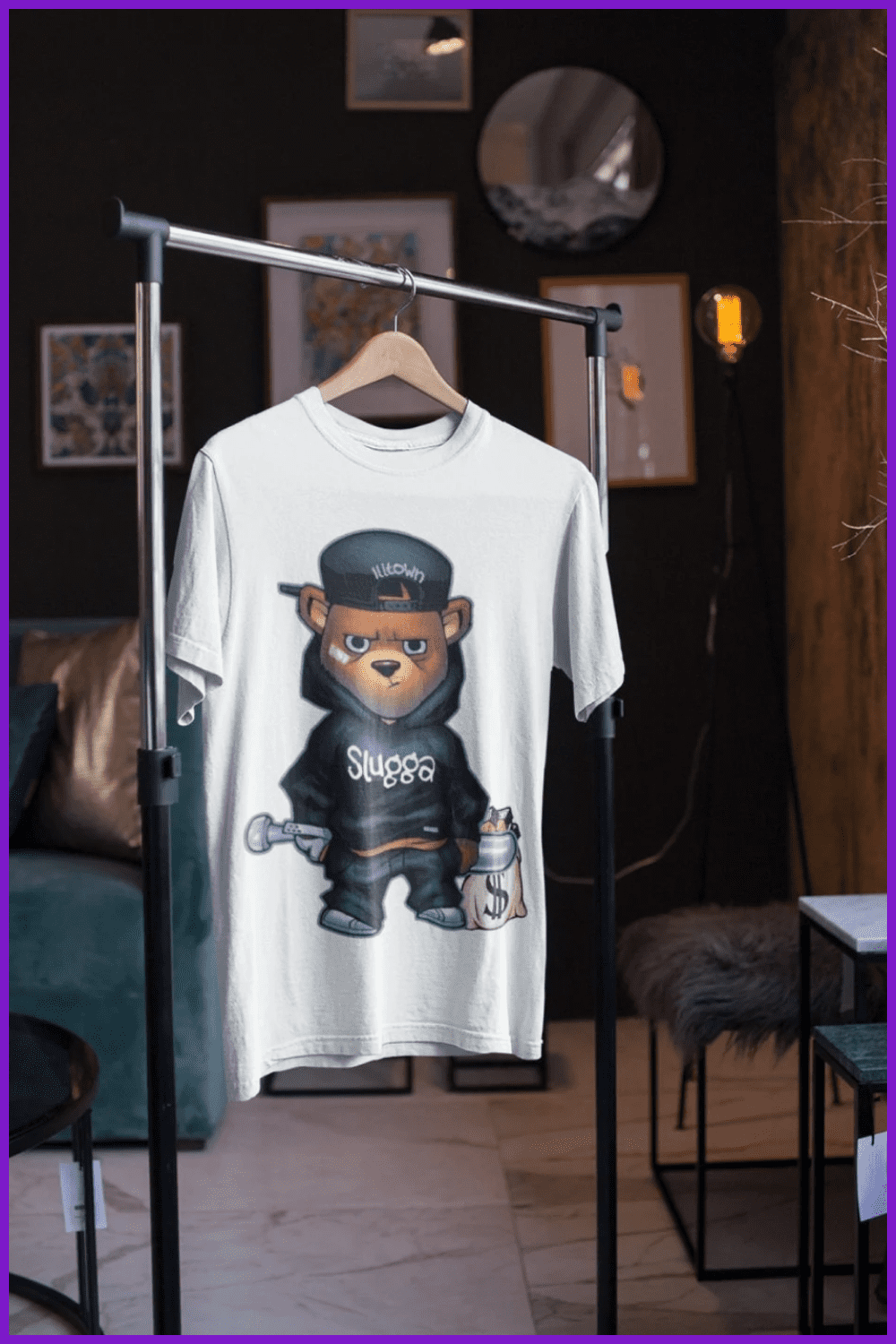Table Of Content

It’s a tough concept to articulate, and that’s why “Dark” is so vague about it. Based on that monologue, I think that’s exactly what he was trying to do. He wanted to “split time” and switch to the universe where they were still a live. But this is one of the numerous things about “Dark” season 3 that we can’t get too into the weeds on. I’m sure we’ll all spend years scouring all the details to try to see the complete picture, but for now we’ll just have to accept that there are gaps we can’t really fill yet. But there’s nothing that happens in season 3 that I would consider to be a plot hole.
Dark season three review – a thrilling, brain-scrambling sci-fi finale
After witnessing his 2019 self leaving the lake, 2020 Jonas shares a kiss with Martha. 2019 Jonas and Hannah arrive at the Nielsen family home on Ulrich and Katharina's anniversary, where Jonas has sex with Martha and Ulrich starts his affair with Hannah. 2020 Jonas reconciles with his father as he tries to convince him to not kill himself. However, Michael states that he is not considering suicide and reveals that Jonas was the one who led Mikkel into the portal in the first place. After reading his suicide note, Michael suggests Jonas is really there to inform Michael of what he must do. The elderly Claudia arrives at the house and convinces them that Michael must die and Mikkel must travel to the past so Jonas can be conceived.
Life and Death

The series explores the existential implications of time and its effect on human nature and life. The first season begins in 2019, but later grows to include 1986 and 1953 via time travel, when members of the show's central families become aware of a wormhole in the cave system beneath the local nuclear power plant. During the first season, secrets are revealed concerning the Kahnwald, Nielsen, Doppler, and Tiedemann families, and their lives begin crumbling as their ties are exposed. The conspiracy involves the missing children and the history of the town and its citizens.
Michael Kahnwald, also known as Mikkel Nielsen
You might be turning colors that had a psychological purpose into meaningless muted colors. Not only is dark mode easy on the eyes (when done right), but this style saves battery life and even can be healthier. Let’s check out the practical advantages of dark mode vs. light mode. As revealed in season three, Bartosz traveled back in time to 1888 when he was a teenager.
Joyce Scott, self-confessed 'visual artist and a trickster,' shows dark beauty at the Baltimore Museum of Art - theartblog.org
Joyce Scott, self-confessed 'visual artist and a trickster,' shows dark beauty at the Baltimore Museum of Art.
Posted: Mon, 29 Apr 2024 20:52:16 GMT [source]
His middle-aged self is referred to as "The Stranger," while his older self (whose face is heavily scarred) goes by "Adam." There will be an additional spoiler warning before you'll find all the names of characters introduced in season three. The very last scene, the dinner party that closes the entire series, does give us a brain-twister to consider as well. In this scene we feel the ramifications of the end of those broken universes, as we realize that so many of the major characters on “Dark” no longer exist. How I read that is that this brief disruption of time — which I believe is what Taunhaus did with his machine — sort of just broke the physical world, and the apocalypse is how that plays out.
Peter Doppler
This is “Dark,” so of course they introduced one last paradox on the way out the door. See, Jonas and Martha save Tannhaus’s son and his family from dying, but but Jonas and Martha only exist because they died. If they didn’t die, and Tannhaus never built his machine, then Martha and Jonas could not have saved them. It’s one last bootstrap paradox on the way out the door.
And she never got cancer because the nuclear power plant was never built. And she’s on her own here because she likely never met her husband Aleksander (Peter Benedict) — you may recall that their first meeting was because Ulrich was bullying her. So Aleksander is probably still around somewhere, just not where we would normally expect him to be. But in “Dark,” the new versions of these characters are doomed to repeat their predecessors’ actions because they live in a world that forces them down those paths.
This event also ends up sending 2019 Jonas to a post-apocalyptic future. Mikkel and Erik aren't the first young boys to disappear. Thirty-three years before the start of the series, in 1986, Ulrich Nielsen's (Oliver Masucci) younger brother, Mads (Valentin Oppermann), vanished.
There’s no way to resolve this paradox, because it’s a self-contained loop. Charlotte had a daughter named Elisabeth, and then Elisabeth had a daughter named Charlotte, and then baby Charlotte was brought to the past and became the original Charlotte. And if you’ve watched “Dark” all the way through, then you know it’s full of these sorts of loops. Before we jump into the nuts and bolts of season 3, it’s important to understand that there is really no way to conclude a story like this in a way that would be satisfying in a normal way.
The new observations come from the Dark Energy Spectroscopic Instrument (DESI) team, which unveiled a map of the cosmos of unprecedented scope, along with a bonanza of measurements derived from the map. To many researchers, the highlight is a plot showing that three different combinations of observations all insinuate that the influence of dark energy may have eroded over the eons. Physicists have deduced subtle hints that the mysterious “dark” energy that drives the universe to expand faster and faster may be slightly weakening with time.
He is the author of a book called "A Journey Through Time," and has helped Jonas and Claudia at various points with time travel. Jana (her maiden name is unknown) is Ulrich's mother. We first saw her as an old woman living in 2019, but also got flashbacks to her life in 1986 when she was grieving her other son, Mads, after he vanished. She was also friends with young Ines Kahnwald in 1953. Magnus is Martha and Mikkel's brother, and the third child of Katharina and Ulrich. We saw him as an adult for brief scenes in season two, though most of his storyline has taken place in 2019 with him as a teenager.
The nymphs’ life cycle is regulated by their genes, and among the roots they also pick up cues to the passage of seasons from their deciduous tree hosts. During the year of their scheduled emergence, they wait on the weather. “Soil temperature rising above 64 degrees Fahrenheit 12 to 18 inches below ground is their trigger to start digging their way out,” Shockley writes. In their inactive state, tardigrades appear to be dead, and exactly how they emerge isn’t completely understood.
They theorize that she kidnapped Helge, but Helge says "he" told her about Claudia, the White Devil. Hannah travels to 1954 and asks to see Ulrich at the asylum. Ulrich promises he will leave Katharina for her if she helps him get out, but she does not believe him and coldly walks away. After that conviction, Hilland continued searching for Fran. He said he organized multiple excavations at Smith’s workplace in New Jersey and the Connecticut beach home, and he worked with undercover informants at the prison where Smith was incarcerated to try and gather information.























